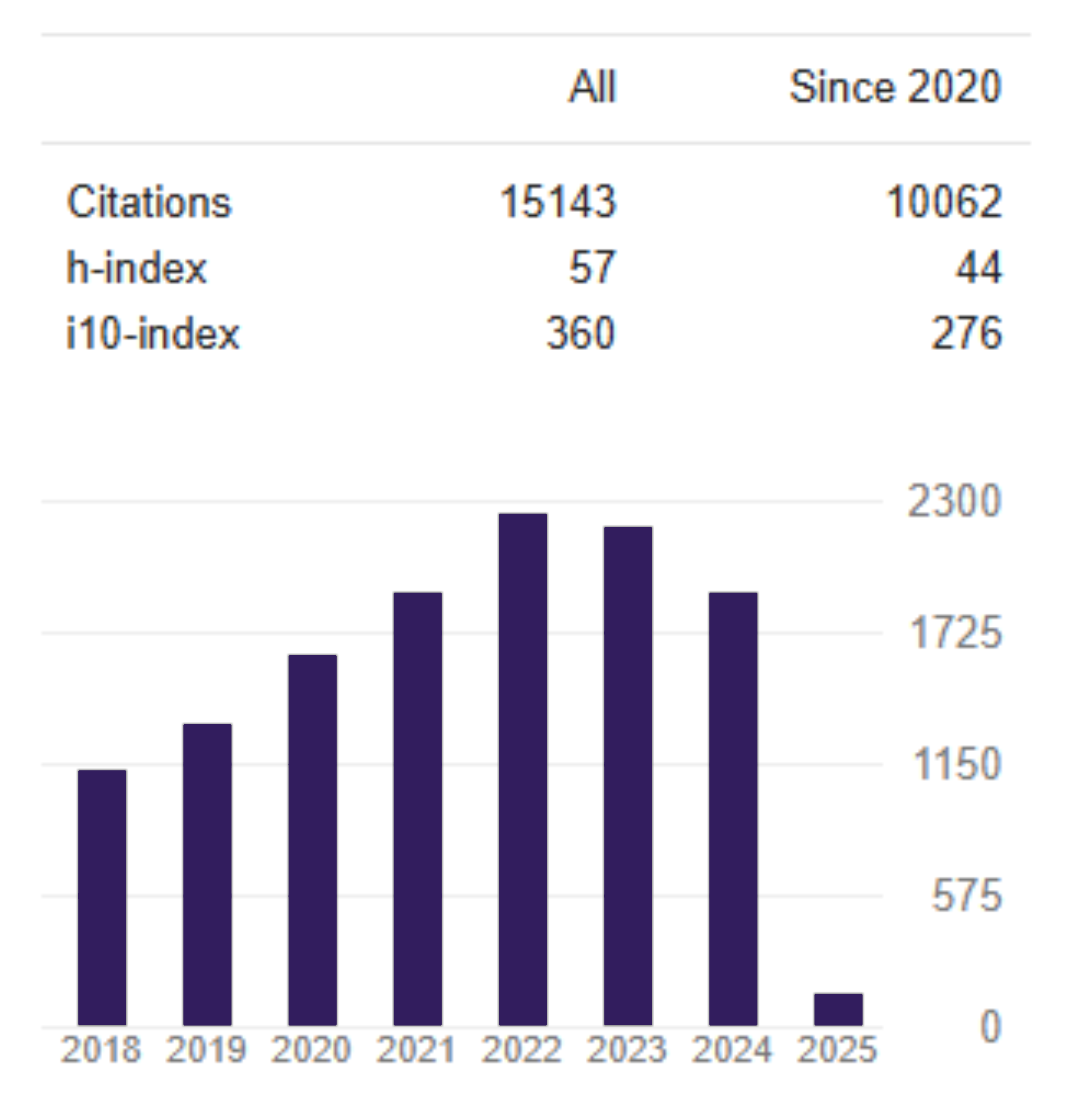The optimal cash holdings speed of adjustment and firm value: An empirical study in Indonesia
DOI:
https://doi.org/10.26905/jkdp.v23i2.2604Keywords:
Corporate governance, Debt, Investment, Optimal cash holdings speed of adjustmentAbstract
This study employs two models of the speed of cash holdings adjustment to measure the effect of cash management on firm value, they are the deviation standard cash holding model and partial speed of adjustment model. Using sampling companies from Indonesia during 2001-2017, the study employs some techniques of regression for dynamic panel data with fixed effects, the pooled ordinary least square with fixed effects, and regression moderated analysis. Research findings show that: first, the deviation standard cash holding and partial speed of adjustment affect firm value; second, by using the deviation standard cash holding model, it shows that managerial ownership, institutional ownership, investment and debt moderate the effect of the deviation standard cash holding on firm value; third, by using the partial speed of adjustment model, it shows that investment moderates the effect of partial speed of adjustment on firm value. The implications of the study are to explain two speed of cash holding adjustment models and their impacts on the increasing trend of firm value.
JEL Classification: C33, G31, G34
DOI: https://doi.org/10.26905/jkdp.v23i2.2604
Â
Downloads
References
Anderson, R. W., & Hamadi, M. (2016). Cash holding and control-oriented finance. Journal of Corporate Finance. 41, 410-425. https://doi.org/10.1016/j.jcorpfin.2016.10.009
Byoun, S. (2008). How and when do firms adjust their capital structures toward target? Journal of Finance, 63(6), 3069-3096. https://doi.org/10.1111/j.1540-6261.2008.01421.x
Byrd, J. W., & Hickman, K. A. (1992). Do outside directors monitor managers? Evidence from tender off the bird. Journal of Financial Economics, 32(2), 195-221. https://doi.org/10.1016/0304-405X(92)90018-S
Chang, L., Deng, K., & Wang, X. (2015). The dynamic speed of cash holding adjustment in transition economy: A new approach and evidence. Emerging Market Finance and Trade. https://doi.org/10.1080/1540496X.2016.1110460
Chen, Y., Dou, P., Rhee, S. G., Truong, C., & Veeraraghavan, M. (2015). National culture and corporate cash holding around the world. Journal of Banking and Finance, 50(1), 1-18. https://doi.org/10.1016/j.jbankfin.2014.09.018
Coles. J. W., McWilliams, V. B., & Sen, N. (2001). An examination of the relationship of governance mechanisms to performance. Journal of Management, 27(1), 23-50. https://doi.org/10.1177/014920630102700102
Da Cruz, A. F. (2015). Essays in Cash Holdings. Thesis. University of Brasilia. Brasilia.
Dittmar A., & Duchin, R. (2011). Dynamic of cash. Working Paper. University of Michigan.
Dittmar, A., & Mahrt-Smith, J. (2007). Corporate governance and the value of cash holdings. Journal of financial economics, 83(3), 599-634. https://doi.org/10.2139/ssrn.687464
Faulkender, M., & Wang, R. (2006). Corporate financial policy and the value of cash. The Journal of Finance, 61(4), 1957-1990. https://doi.org/10.1111/j.1540-6261.2006.00894.x
Faulkender, M., Flannery, M., Hankins, K., & Smith, J. (2012). Cash flows and leverage adjustments. Journal of Financial Economics, 103(3), 632-646. https://doi.org/10.1016/j.jfineco.2011.10.013
Han, S., & Qiu, J. (2007). Corporate precautionary cash holding. Journal of Corporate Finance, 13(1), 43-57. https://doi.org/10.1016/j.jcorpfin.2006.05.002
Harford, J. (1999). Corporate cash reserves and acquisitions. The Journal of Finance, 54(6), 1969-1997. https://doi.org/10.1111/0022-1082.00179
Hendrawati, E. (2015). Peran corporate governance dalam mengendalikan masalah keagenan yang ditimbulkan oleh excess cash holding. Disertation. Universitas Gadjah Mada. Yogyakarta.
Hermalin, B. E., & Weisbach, M. S. (2001). Board of directors as an endogenously determined institution: A survey of the economic literature. Economic Policy Review, 9, 7-26. https://doi.org/10.3386/w8161
Huang, R, & Ritter, J. (2009) Testing theories of capital structure and estimating the speed of adjustment. Journal of Financial and Quantitative Analysis. 44(2), 237-271. https://doi.org/10.1017/s0022109009090152
Jiang, Z., & Lie, E (2016). Cash holding adjustment and managerial entrenchment. Journal of Corporate Finance, 36, 190-205. https://doi.org/10.1016/j.jcorpfin.2015.12.008
Johnson, S., & Mitton, T. (2003). Cronyism and capital controls: evidence from Malaysia. Journal of Financial Economics, 67(2), 351-382. https://doi.org/10.1016/s0304-405x(02)00255-6
Jensen, M. C., & Meckling, W. H. (1976). Theory of the firm: Managerial behavior, agency costs and ownership structure. Journal of Financial Economics, 3(4), 305-360. https://doi.org/10.1016/0304-405x(76)90026-x
Lau, J., & Block, J. H. (2012). Corporate cash holdings and their implications on firm value in family and founder firms. Corporate Ownership and Control, 9(2), 309-326. https://doi.org/10.22495/cocv9i2c2art2
Lozano, M. B., & Duran, R. F. (2016). Family control and adjustment to the optimal level cash holding. The European Journal of Finance, 23(3), 266-295. https://doi.org/10.1080/1351847x.2016.1168748
Opler, T., Pinkowitz, L., Stulz, R., & Williamson, R. (1999). The determinants and implications of corporate cash holdings. Journal of financial economics, 52(1), 3-46. https://doi.org/10.1016/s0304-405x(99)00003-3
Orlova, S., & Rao, R. (2018). Cash holding speed of adjustment. International Review of Economic and Finance, 54, 1-4. https://doi.org/10.1016/j.iref.2017.12.011
Shipe, S. (2015). Volatility of cash holding and firm value. Job Market Paper. Florida State University.
Thomsen, S., & Pedersen, T. (2000). Ownership structure and economic performance in largest European companies. Strategic Management Journal, 21(6), 689-705. https://doi.org/10.1002/(sici)1097-0266(200006)21:6<689::aid-smj115>3.0.co;2-y
Venkiteshwaran, V. (2011). Partial adjustment toward optimal cash holding level. Review of Financial Economics, 20(3), 113-121. https://doi.org/10.1016/j.rfe.2011.06.002
Wooldridge, J. M. (2013). Introductory Econometrics a Modern Approach. 5th Edition. South-Western.
Downloads
Additional Files
Published
Issue
Section
License

This work is licensed under a Creative Commons Attribution-ShareAlike 4.0 International License.



